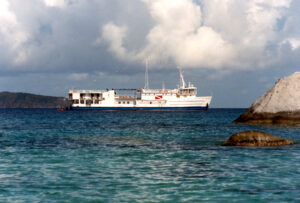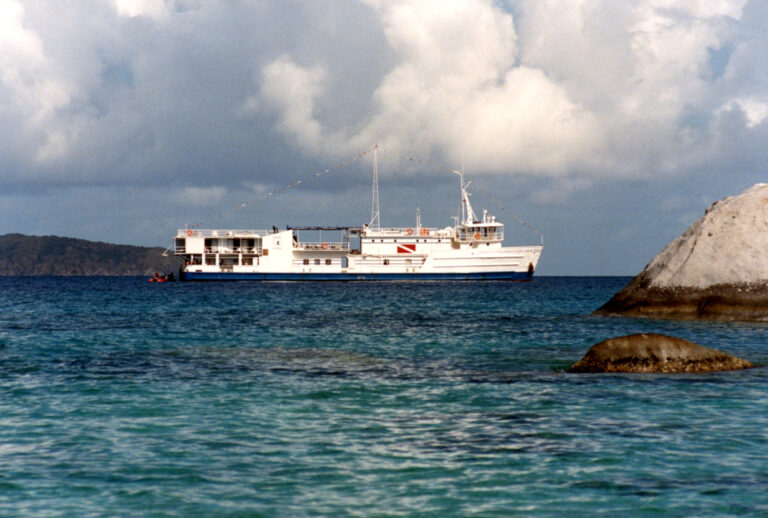Cindovies, also known as Cnidarians, are a diverse group of marine creatures that encompass an array of intriguing species. From the majestic beauty of jellyfish to the intricate structures of corals, cindovies play a crucial role in marine ecosystems worldwide.
In this article, we delve into the world of cindovies, exploring their biology, habitats, ecological significance, and their intricate relationship with the oceans.
Understanding Cindovies:
Cindovies belong to the phylum Cnidaria, which includes over 10,000 species found in marine environments across the globe. These organisms are characterized by specialized cells called cnidocytes, which contain nematocysts—tiny harpoon-like structures used for defense and capturing prey. Some of the most well-known cindovian species include jellyfish, corals, sea anemones, and hydrozoans.
Ecological Role of Cindovies:
Cindovies play a vital role in marine ecosystems, serving as both predators and prey. Jellyfish, for example, help regulate populations of small marine organisms, such as plankton, while also providing food for larger predators, including sea turtles and certain fish species. Corals form the foundation of coral reef ecosystems, providing habitats for numerous marine species and contributing to biodiversity.
Diversity of Cindovian Habitats:
Cindovies inhabit a wide range of marine environments, from the deep sea to shallow coastal waters. Coral reefs, with their vibrant colors and intricate structures, are one of the most iconic habitats associated with cindovian species. However, cindovies can also be found in open oceans, estuaries, and even freshwater environments.
Threats to Cindovian Populations:
Despite their ecological importance, cindovian populations face numerous threats, primarily due to human activities. Pollution, overfishing, climate change, and habitat destruction pose significant risks to cindovian species and the ecosystems they inhabit. For example, coral reefs are particularly vulnerable to rising sea temperatures, which can cause coral bleaching and mass die-offs.
Conservation Efforts and Future Outlook:
Efforts to conserve cindovian populations and their habitats are underway worldwide. Marine protected areas, sustainable fishing practices, and initiatives to reduce pollution are essential steps in safeguarding these fragile ecosystems. Additionally, research into cindovian biology and ecology is helping to improve our understanding of these creatures and inform conservation strategies.
Cindovian Reproduction and Life Cycle:
Cindovian reproduction and life cycles exhibit fascinating variations across different species. Many cindovian species reproduce both sexually and asexually, with some undergoing complex life cycles involving larval stages.
For example, corals reproduce sexually through the release of gametes into the water, where fertilization occurs externally. The resulting larvae settle on suitable substrates and develop into polyps, eventually forming colonies.
In contrast, some jellyfish species undergo asexual reproduction through a process called budding, where new individuals bud off from the parent organism. Understanding cindovian reproductive strategies is crucial for conserving populations and managing marine ecosystems effectively.
Cindovian Adaptations to Environmental Challenges:
Cindovian species have evolved a diverse array of adaptations to thrive in various marine environments and cope with environmental challenges. For instance, certain jellyfish species have specialized structures, such as stinging tentacles and translucent bodies, to capture prey and avoid predators.
Corals have symbiotic relationships with photosynthetic algae called zooxanthellae, which provide them with energy and contribute to the vibrant colors of coral reefs.
Additionally, some cindovian species exhibit remarkable resilience to environmental stressors, such as temperature fluctuations and pollution, highlighting their capacity to adapt to changing conditions.
The Role of Cindovies in Biomedical Research:
Cindovies have garnered increasing attention from biomedical researchers due to their unique biological features and potential applications in various fields. For example, the venom of certain jellyfish species contains bioactive compounds that show promise in pharmaceutical research, with potential applications in pain management and cancer treatment.
Additionally, the regenerative abilities of some cindovian species, such as certain types of sea anemones, are of interest to scientists studying tissue regeneration and stem cell biology. Exploring the biochemical and genetic makeup of cindovies may unlock valuable insights for medical science and biotechnology.
Cindovian Interactions with Human Societies:
Cindovian species have complex interactions with human societies, influencing various aspects of human life and culture. For coastal communities, coral reefs provide essential ecosystem services, such as coastal protection, fisheries support, and tourism revenue.
However, human activities, such as overfishing and coastal development, threaten the health of these ecosystems and the livelihoods of local communities.
Furthermore, cindovian encounters, such as jellyfish blooms, can have significant economic and social impacts, affecting industries like fishing, tourism, and aquaculture.
Understanding the interactions between cindovian species and human societies is crucial for sustainable management and conservation efforts.
Cindovian Communication and Behavior:
Cindovian species exhibit a variety of fascinating behaviors and communication mechanisms that facilitate survival, reproduction, and navigation within their environments. While traditionally not thought to possess complex cognitive abilities, recent research suggests that some cindovians, such as certain octopus species, display remarkable problem-solving skills and learning capabilities.
Communication among cindovians can involve chemical cues, visual displays, and even bioluminescence, allowing them to interact with conspecifics, prey, and predators in their marine habitats. Exploring the communication and behavior of cindovian species provides insights into the evolution of social interactions and intelligence in marine organisms.
Cindovian Impact on Global Biogeochemical Cycles:
Cindovian species play a significant role in global biogeochemical cycles, influencing the movement and distribution of essential nutrients and chemicals within marine ecosystems. For example, coral reefs act as hotspots of biological productivity, cycling nutrients such as nitrogen and phosphorus through processes like photosynthesis and calcification.
Additionally, jellyfish blooms can have substantial effects on nutrient dynamics, as these organisms consume and release nutrients during their life cycles. Understanding the contributions of cindovians to biogeochemical cycles is essential for modeling ecosystem dynamics and predicting the impacts of environmental changes on marine nutrient cycling.
Cindovian Cultural Significance and Mythology:
Cindovian species hold cultural significance in many societies worldwide, often featuring prominently in mythology, art, and folklore. For example, jellyfish are depicted in ancient artwork and mythology from various cultures, symbolizing concepts such as beauty, mystery, and danger.
Conclusion:
Cindovies are an integral part of marine ecosystems, contributing to biodiversity, nutrient cycling, and ecosystem stability. However, they face numerous threats from human activities, underscoring the need for concerted conservation efforts. By protecting cindovian populations and their habitats, we can ensure the health and resilience of marine ecosystems for future generations.



















+ There are no comments
Add yours